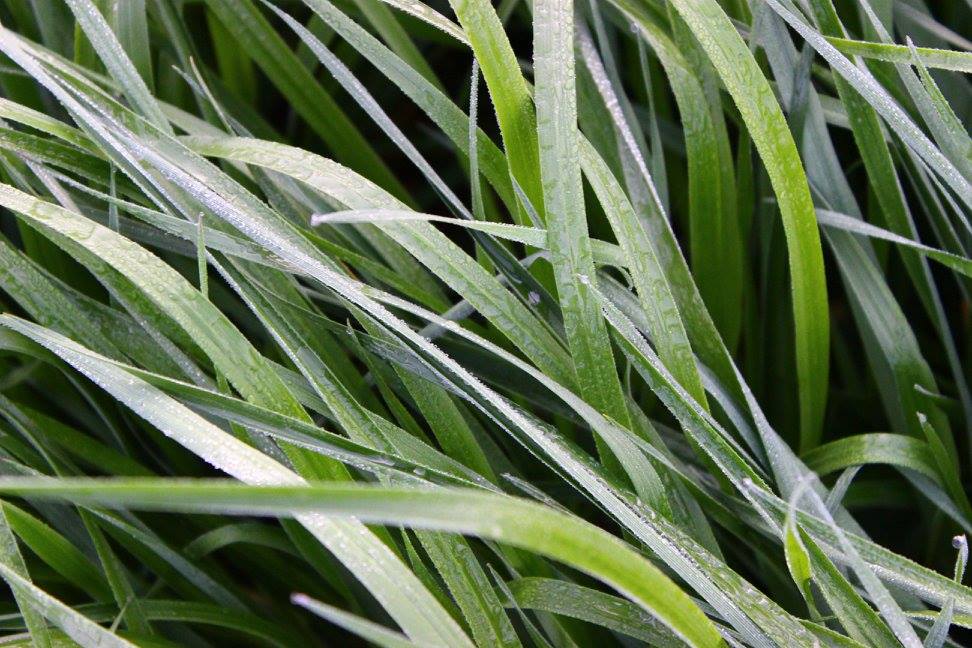A strong winter-hardy variety with high yield and quality, McKinley came in close to the top of the charts for two years in a row in Penn State trials.
Expected growth – In an ideally timed seeding If properly seeded, one can expect to see 2-4” of top growth before a hard killing frost. Snow cover in northern areas will help protect annual ryegrass from winterkill if seeded too early or under a “fast” fall.
Fall Management
Excessive fall growth (greater than 10 inches) should be harvested, grazed or clipped to 4”
Grazing Dates
When plants reach 6 to 10”. Under good growing conditions, the first grazing will be ready in approximately six weeks for late summer seedings. During the spring a rotation of 10 to 14 days is typical. Silage Harvest Dates Nov., mid-April, early May, and late May if not replanting quickly into alternative crop.
Silage should be made when crop is about 15 to 20 inches or if coming into boot stage. Protein begins to drop after heading but not as severely as a small grain.
Crop Rotation
Ryegrass should be either moldboard plowed or sprayed with a strong rate of glyphosate (Roundup) per acre to kill the plant. If not controlled, it may compete with the next crop. Annual and Italian Ryegrass can become a serious weed in small grains and is not recommended where small grains are grown for grain harvest. Paraquat (Gramoxone), chiseling or heavy discing will NOT control ryegrass.McKinley Annual Ryegrass Tech Sheet
